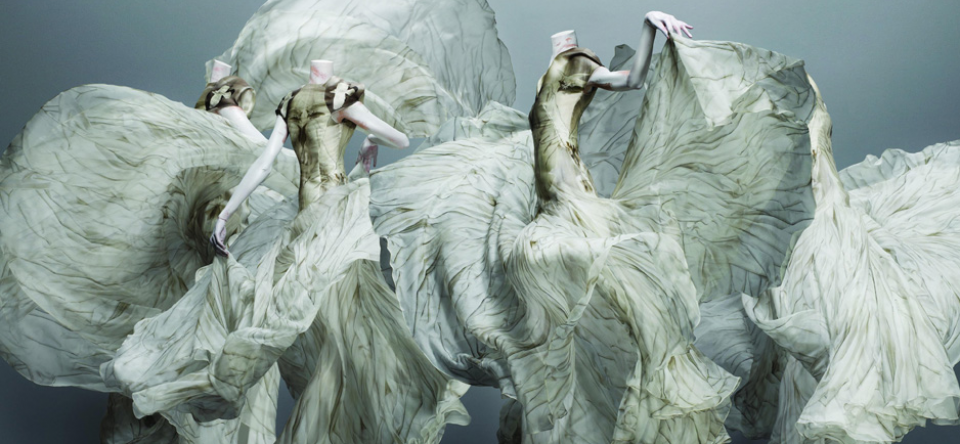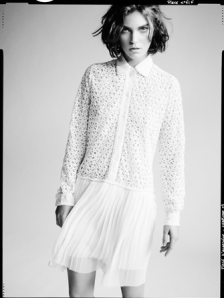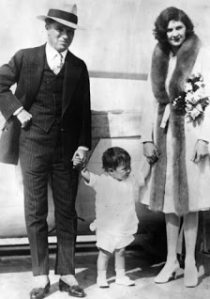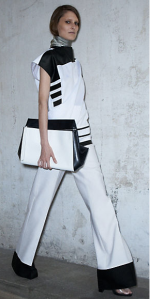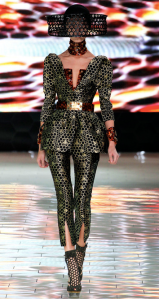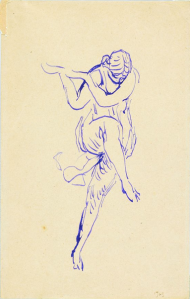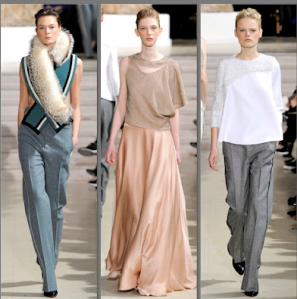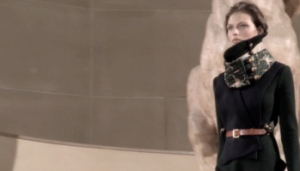Tags
Act Da Fool, Alejandro Cardenas, AnOther Magazine, Jack McCollough, Lazaro Hernandez, Proenza Schouler, Spring Summer 2013
A few words about Proenza Schouler, house founded by Jack McCollough and Lazaro Hernandez in 2002. The two designers love experimenting with patterns and prints and have been pushing researches about fabric as far as they could each season. An interview of Alejandro Cardenas, their textile designer, by AnOther Magazine, shows how they managed to link technology and craft, when they usually lay worlds appart: http://ick.li/TmpQsW
That’s how Proenza Schouler came for their SS 2013 collection to use tumblr Pictures as collage. Pictures shared by wide and undifferenciated users, pictures that reflect our society and the influence social networks have on our daily lives. But a question come to mind when watching the show: is this link between technology and craft the only thing explaining the spirit of their collection, very human, very close to us? The use of colors, geometric but also deeply thought after patterns, certainly breeds life into the entire collection, but a part of it remains mysterious, as if our reason couldn’t entirely explain it.
A good look at the pair website made me want to look deeper into their collections: the projects unveiled underline how their research, about the fabrics, the craftsmanship and technology in general, is based on human experiences, and how fashion can be a strong way to translate them. Their is, above creativity and devotion, a sort of humanism with Proenza Schouler. Hoping the recognition they have today will only increase, I leave you with the link to these projects, definitely worth watching, especially for Act Da Fool.
